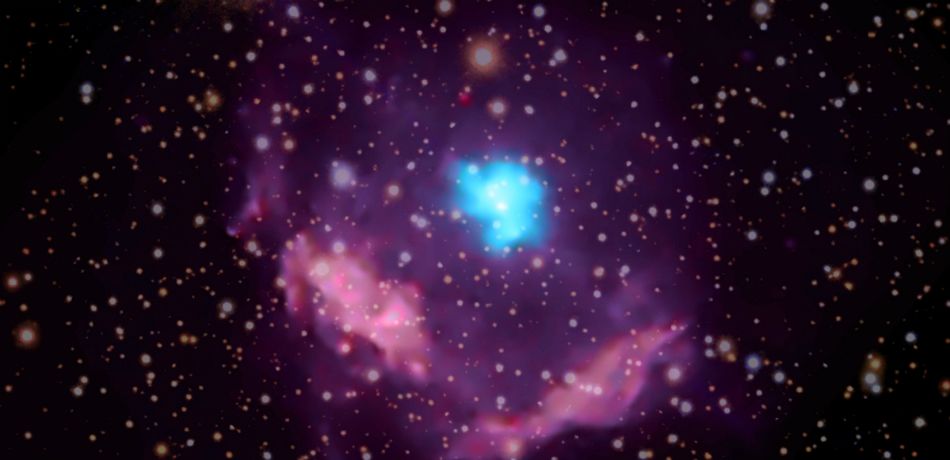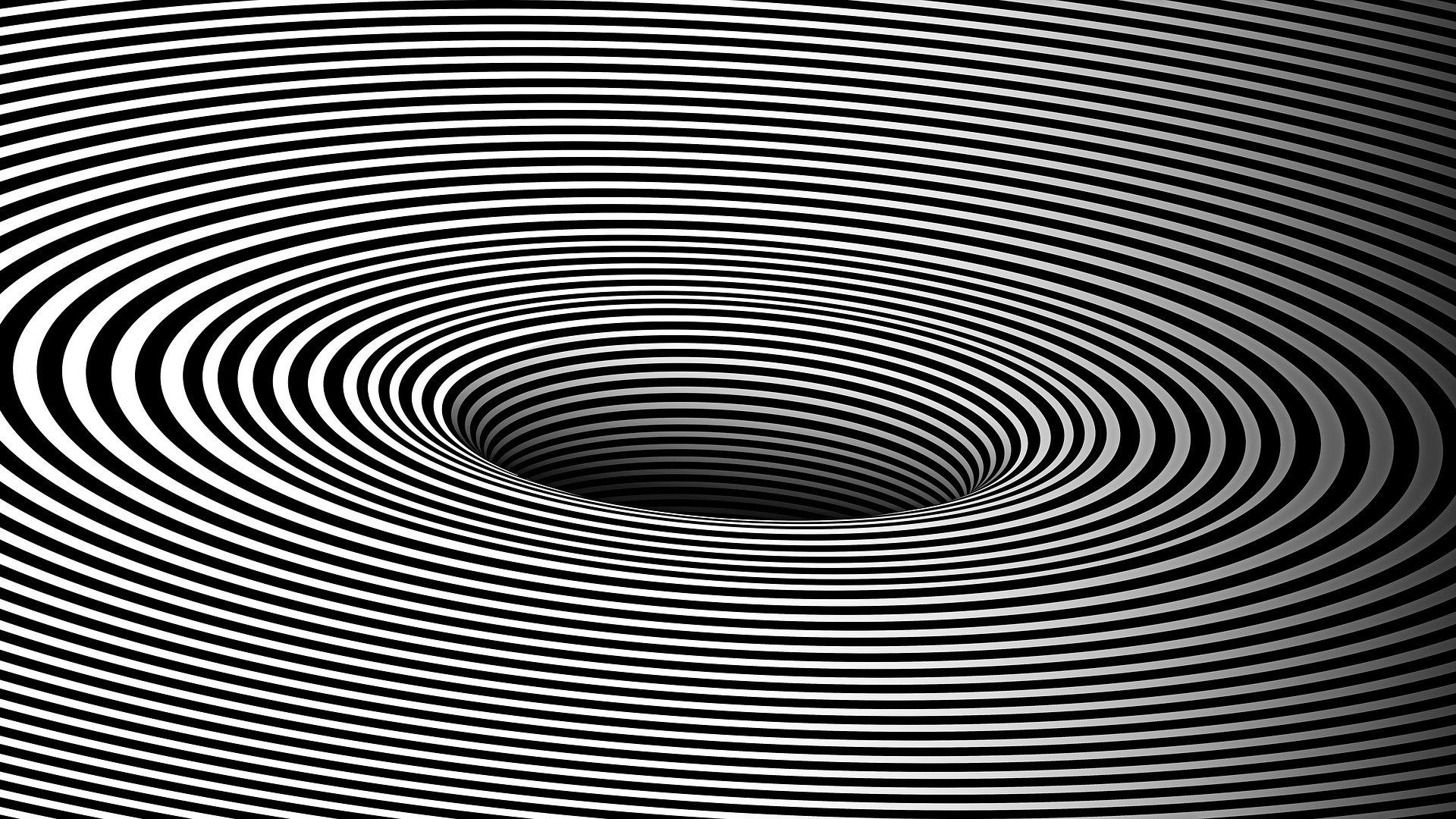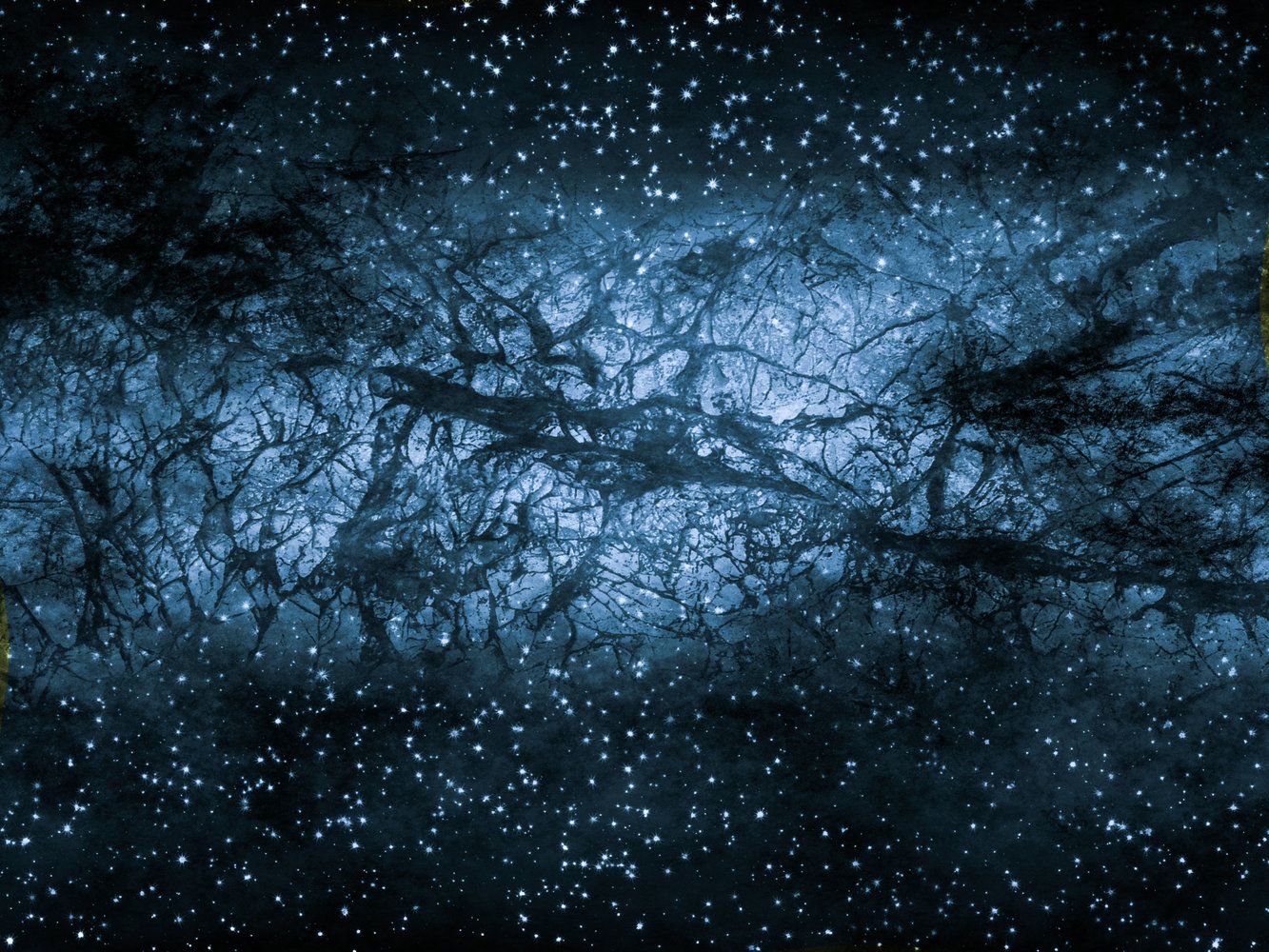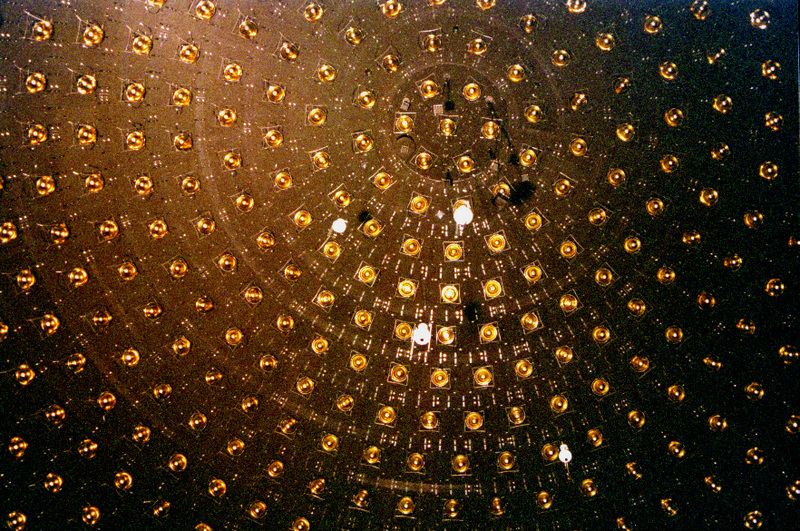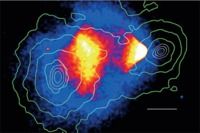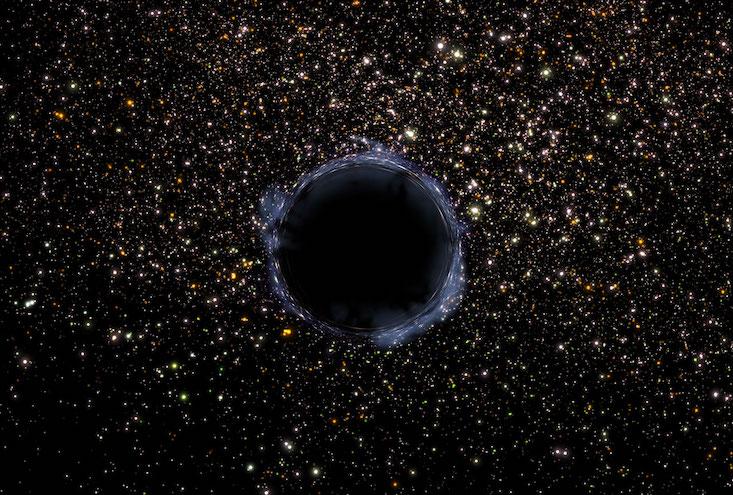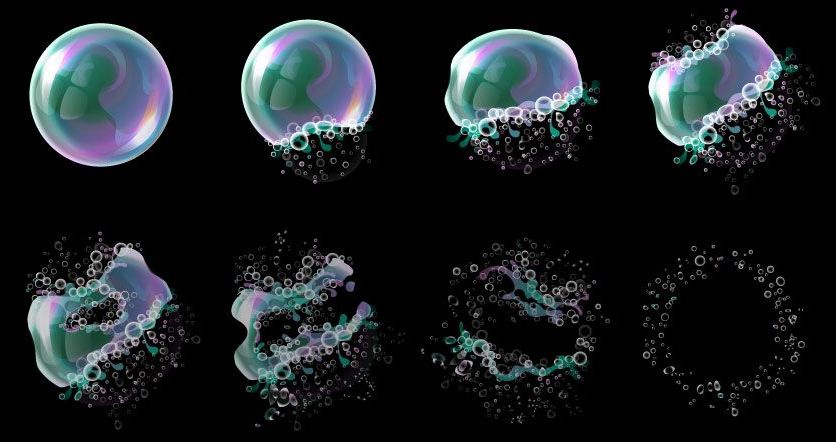The pulsar is roughly 500-years-old and was spotted with the help of NASA’s Chandra X-Ray Observatory.
Astronomers have managed to locate the youngest pulsar in the Milky Way, NASA announced yesterday. Dubbed PSR J1846-0258, the pulsar was spotted inside one of our galaxy’s supernova remnants — found 19,000 light-years away from our planet, in the Aquila constellation (The Eagle).
This exciting discovery — first detailed in a study published earlier this year in The Astrophysical Journal — could shed more light into supernova explosions and the new beginnings that arise from the death of a stellar giant.
